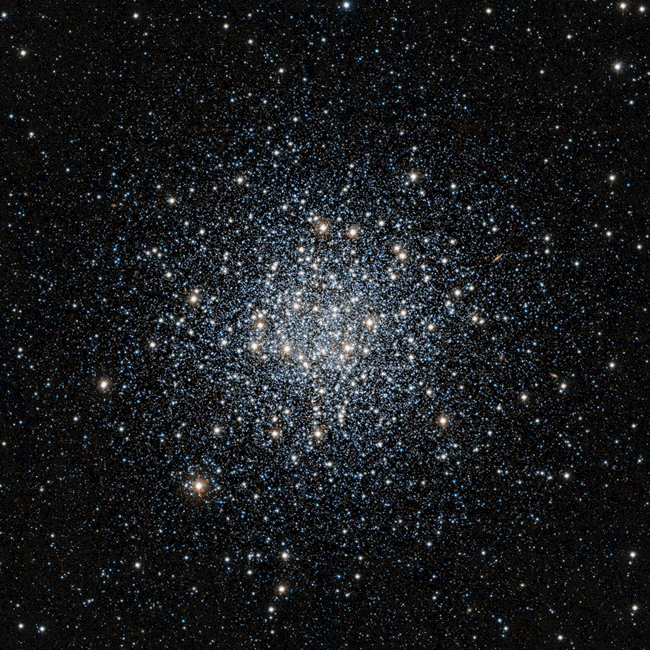Category: Picture of the Day
A picture and essay from the perspective of the Electric Universe.
Getting Sloshed

Original Post June 10, 2012 Is hot gas sloshing in a gravitational wine glass—or is astrophysicists’ reasoning going in a circle? A recent press release explains: “Like wine in a glass, vast clouds of hot gas are sloshing back and forth….” The blue image is assembled electronically from x-ray data and…
Serious Issues with Plate Tectonics
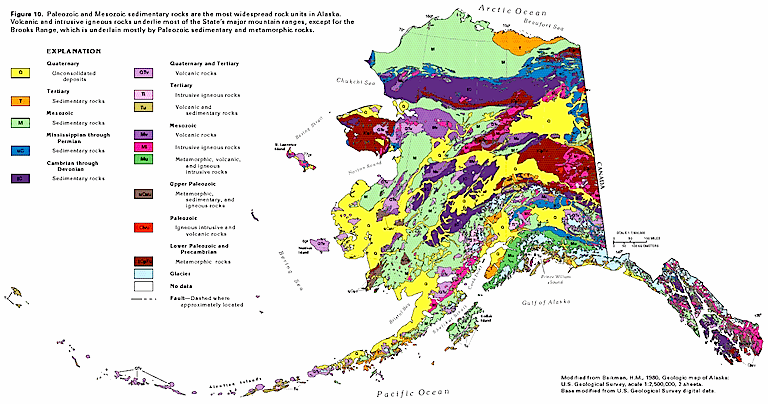
Original Post June 8, 2012 David Pratt’s publication in the year 2000 enumerates multiple problems affecting the theory of plate tectonics and seafloor spreading. The above schematic of Alaska reveals regions of rock strata that appear to have “accreted” to an original craton. Southern Alaska is composed of fragments in…
Venus in Transition
Enigmatic Forces
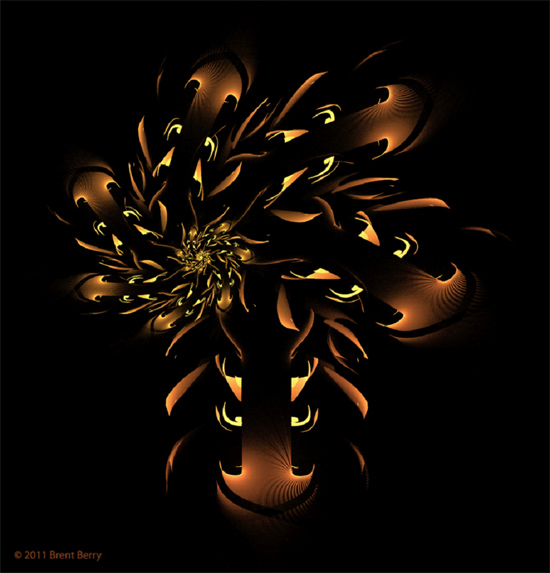
Original Post June 1, 2012 Dark energy continues to be an astronomical mystery. A new European Space Agency (ESA) space-based telescope named Euclid, after the ancient Greek philosopher, has received approval for development, with a tentative launch date sometime in 2019. According to ESA, Euclid is “a mission devised to…
Medusae Fossae
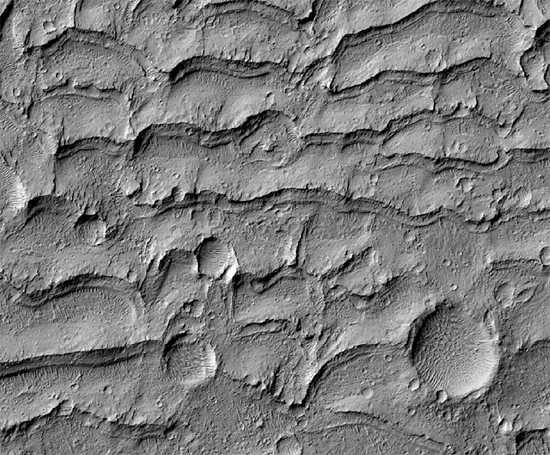
Original Post May 28, 2012 What carved these landforms? Mars has been the subject of many previous Picture of the Day articles. Since its surface is preserved in a desert-like deep freeze, and appears devoid of water erosion, it is an excellent observational laboratory for Electric Universe concepts. One of…
Radio Elliptical
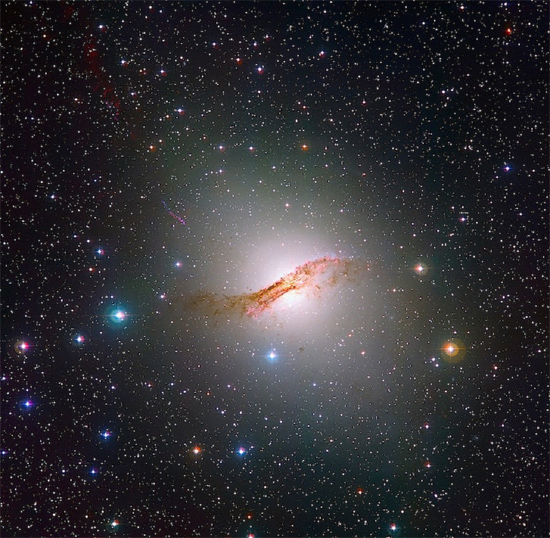
Original Post May 23, 2012 One of the largest “active galaxies” is thought to be powered by a supermassive black hole. Electrical energy is a more likely driving force. A press release from the European Southern Observatory (ESO) announces that the elliptical galaxy Centaurus A is ejecting a light-years long…
X-1 Files
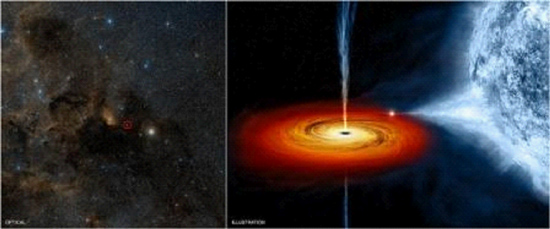
Original Post May 21, 2012 Without a theory of electricity in space, astronomers must explain cosmic lightning with theories of falling gas. To get x-rays from falling gas, the gas must be attracted to a source of gravity with orders-of-magnitude more force than any known density of matter. Nevertheless,…
Daughter of Heaven
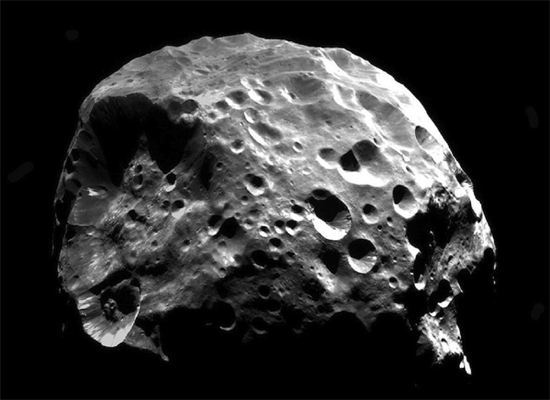
Original Post May 16, 2012 Recent analyses suggest that Saturn’s moon Phoebe resembles a planet. Saturn’s moon Phoebe is comparatively small, roughly 220 kilometers in diameter. Its surface gravity is 0.224m/s^2, compared to the 9m/s^2 on Earth. Phoebe is also as black as night, making it one of the darkest…








